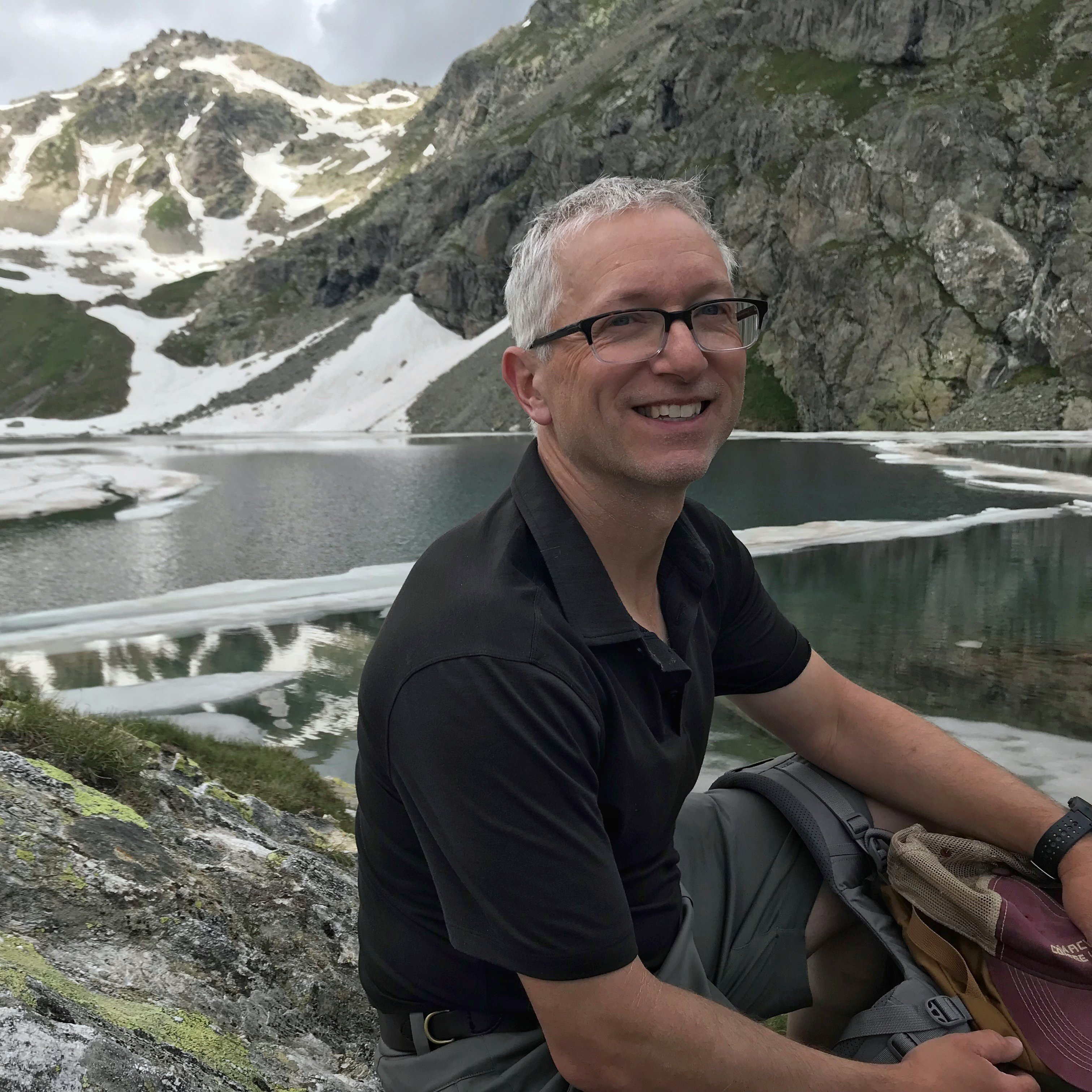
Hello! Welcome to Frank von Hippel's website.
Frank A. von Hippel is a Professor of environmental health sciences in the Mel & Enid Zuckerman College of Public Health at the University of Arizona, and the lead of the university's One Health Research Initiative. Frank was born and raised in Alaska, received his A.B. in biology at Dartmouth College in 1989, and his Ph.D. in integrative biology at the University of California, Berkeley in 1996. He taught for Columbia University (1996-1999), the University of Alaska Anchorage (2000-2016), and Northern Arizona University (2016-2021) before moving to the University of Arizona in 2021.
Frank is a member of the
Southwest Environmental Health Sciences Center,
Environment, Exposure Science & Risk Assessment Center,
Center for Latin American Studies,
BIO5 Institute,
and Clinical Translational Sciences Graduate Program.
Frank conducts research at the nexus of ecotoxicology, mechanisms of toxicity, and health disparities. He studies wildlife and laboratory animals as models for human exposure and disease, as well as to solve problems in conservation biology. He is especially interested in health disparities experienced by vulnerable populations and employs a Community Based Participatory Research (CBPR) approach. Frank integrates a variety of methods to establish routes of exposure and mechanisms of developmental disruption ranging from the genome to the whole organism and its environment.
Frank's work is accessible on Research Gate and NCBI.
Frank has taught ecology field courses in over twenty countries, and conducted research in the Americas, Africa and Australia. Frank’s research has been widely covered in the press, including
The New York Times,
National Public Radio,
The Economist, the BBC, and many other media outlets. Frank hosts the Science History Podcast, and loves to write about science for both technical and general audiences.
He is the author of The Chemical Age published in September 2020 by The University of Chicago Press.
Podcast Publications @sci_history
Note: if you are looking for Frank N. von Hippel (Frank A. von Hippel's uncle), refer here.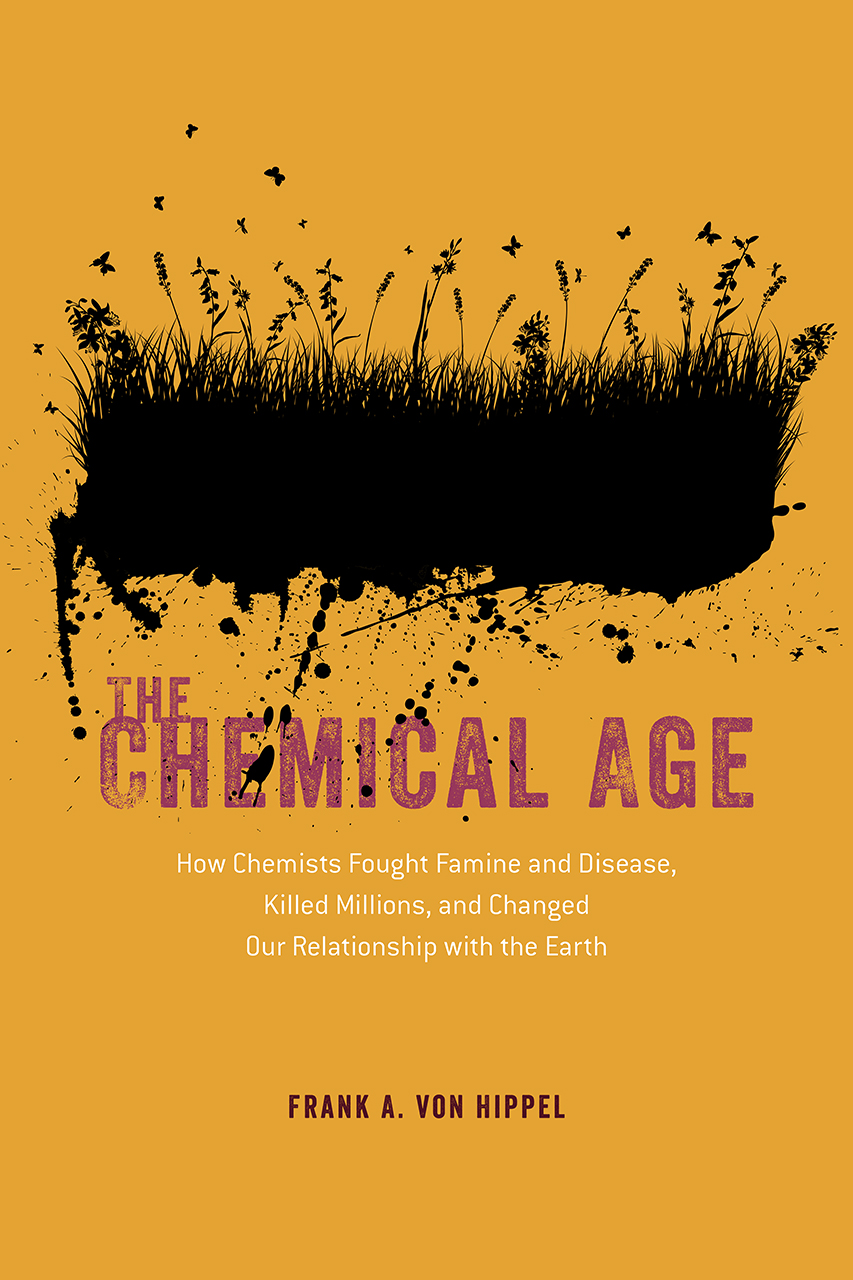
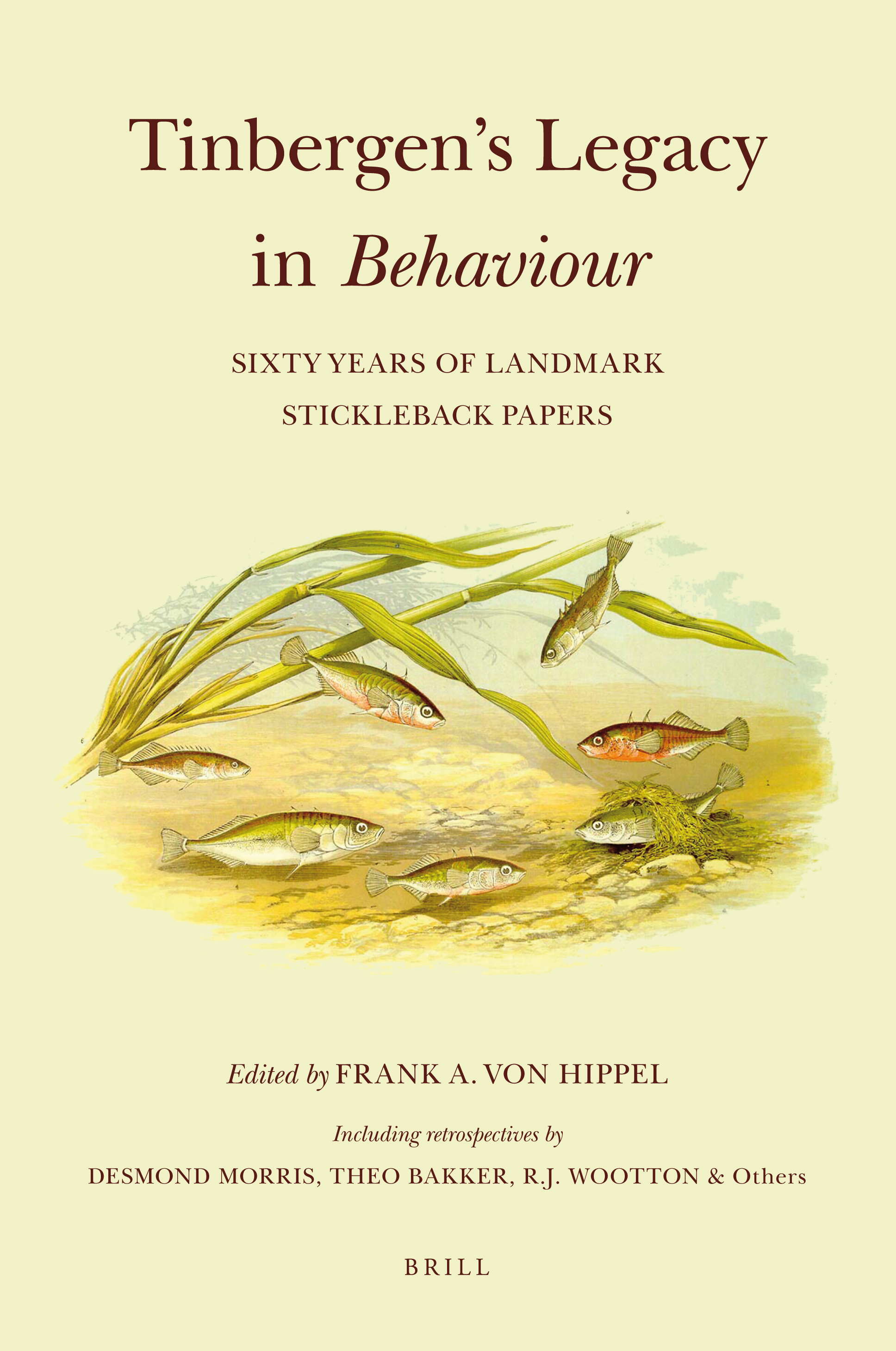

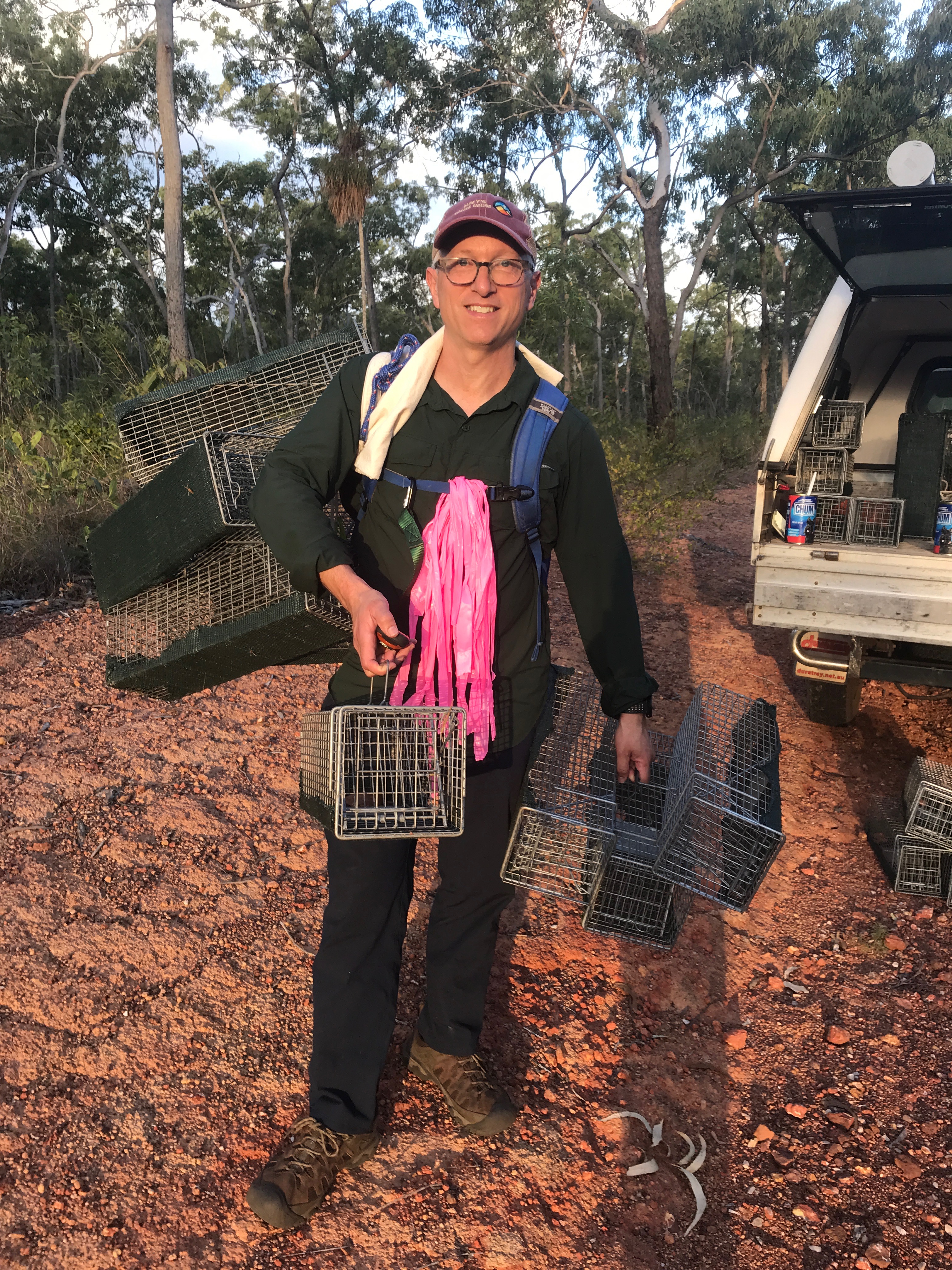 Photo by Ami Fadhillah Amir Abdul Nasir.
Photo by Ami Fadhillah Amir Abdul Nasir.
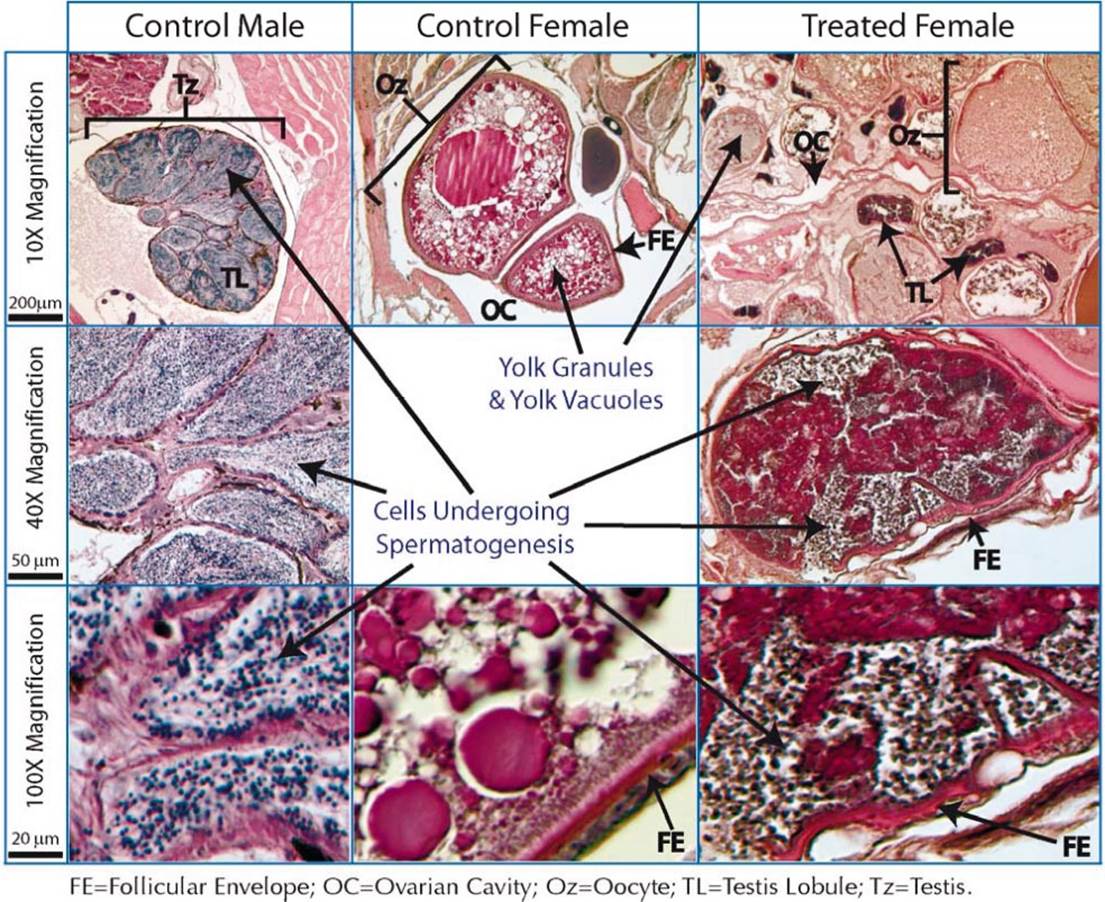
 Photo by Frank A. von Hippel.
Photo by Frank A. von Hippel.
 Photo by Bob Kaufman.
Photo by Bob Kaufman.